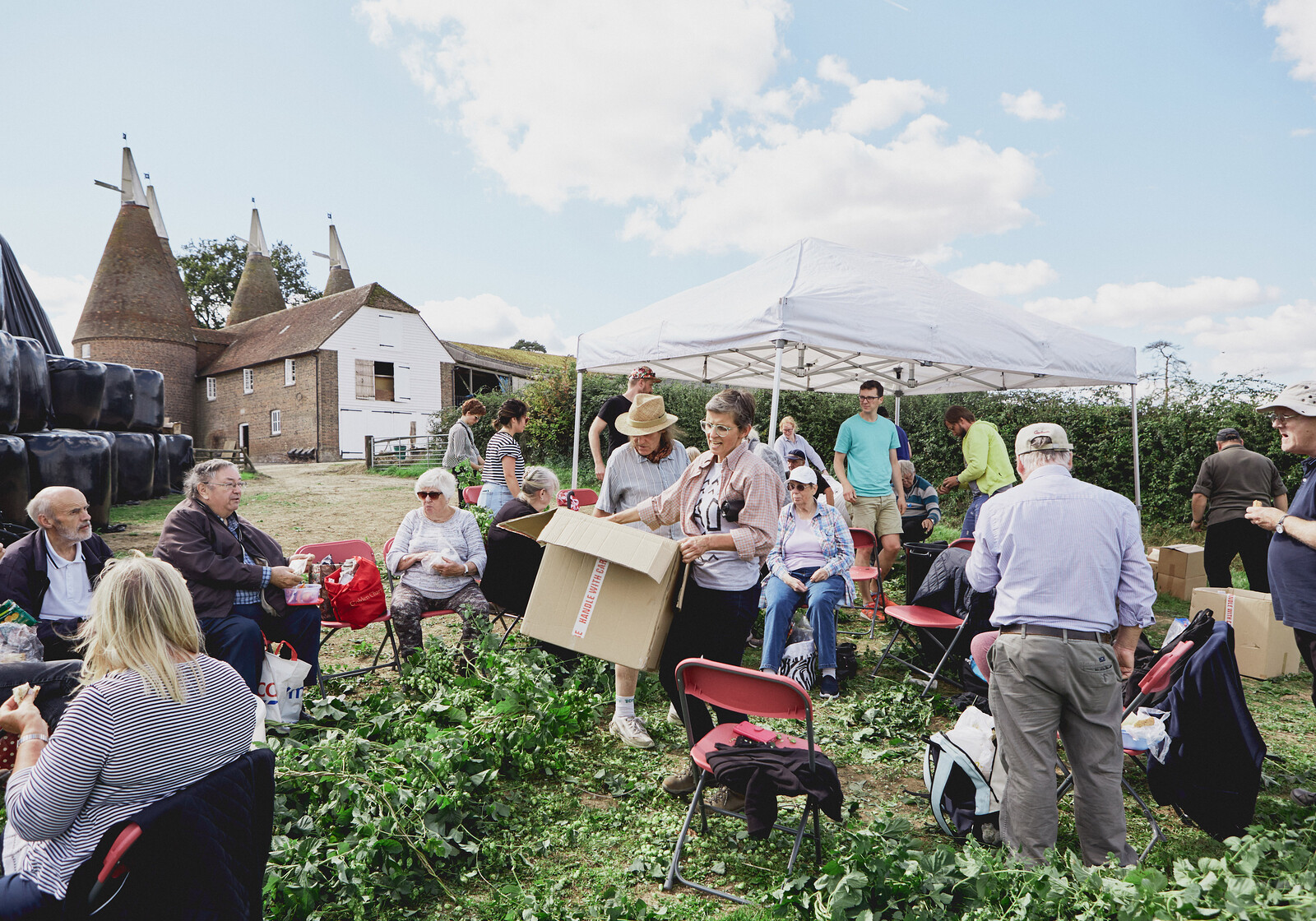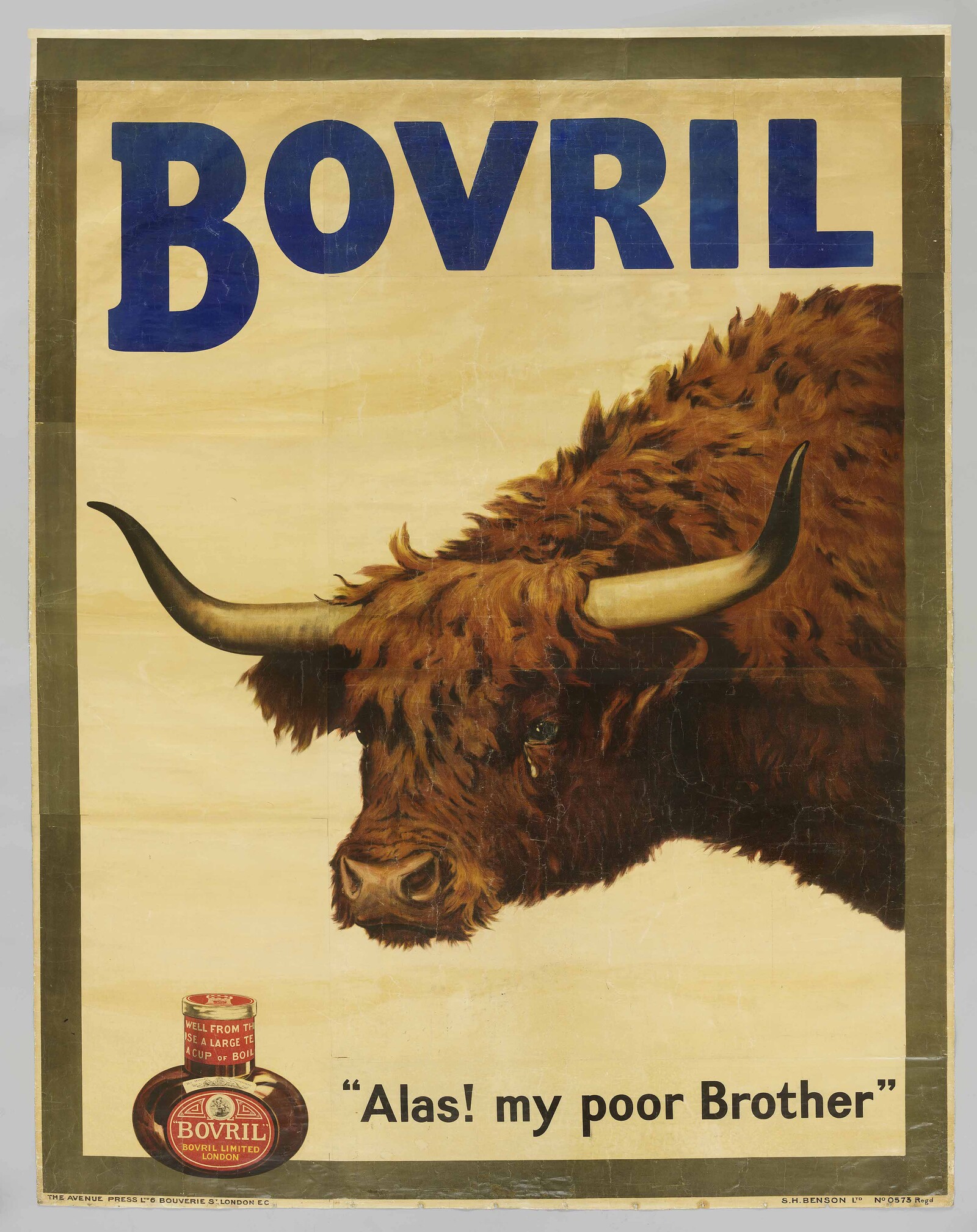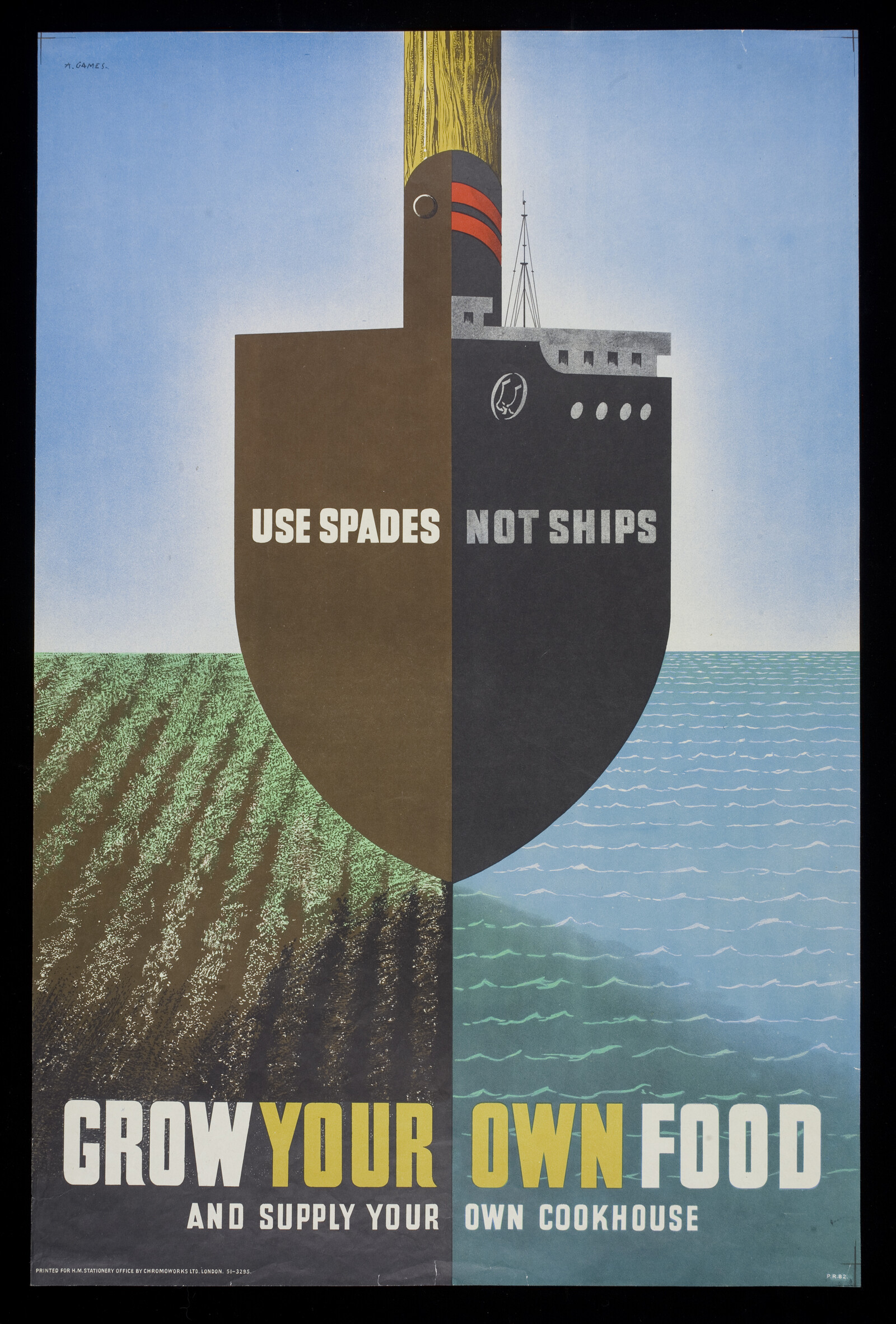Welcome to a review of the latest blockbuster exhibition at the world’s largest museum of decorative and applied arts, focusing on the simple matter of food. As a precise, expansive look into the future of food, the exhibition includes a smorgasbord of over 70 artists, designers, and producers. I’ll be giving you a tasting menu.
To start, the appetizer is an assortment of the types of descriptions and phrases we use to talk about food, seasoned heavily with useless generalizations and limp truisms: we all eat; food connects us; food is more than just food; and so on. Such language dots the exhibition, presented on a bed of colorful, hyper-designed alcoves and panels, as we are led on a sumptuous journey through sections titled “Composting,” “Farming,” “Trading,” and “Eating.”
Our main courses are presented as a series of altars, spot-lit objects placed on pedestals, most often accompanied by a video of the people who made what sits in front of us, and some context as to why they made it. The first course is a pair of plastic toilets sitting side by side. We are apparently not intended to use them, but instead appreciate the plastic bag that lines the bowl. Loowatt’s waterless toilet, designed as a means to manage waste cleanly in areas without plumbed sewage, raises several themes that return throughout the meal: the objects in this exhibition act primarily as proxies, inert representations of an idea-to-be, projected solutions to specific problems within the contemporary food system. But also, that the real shit isn’t here.
In between servings, we can enjoy several light amuse-bouches: glasses frames made from coffee grinds, buttons made of McCain’s oven French fries, vases comprised of cow’s blood or used toilet paper. All the waste we produce by eating, it seems, can go back into the commodity market just fine.
The second course is a vending machine that in the past dispensed unpasteurized milk from a farm in Cornwall. Raw milk is considered a volatile substance—heavily legislated in the EU, and still classified in the US as a biohazard—though refrigerated vending machines like this have been in use across Europe for years to provide safe access to the milk directly from the farmer. True to form, there is no milk in this milk machine: “This machine in empty,” the wall label explains, “because UK law forbids the sale of unpasteurized milk from a vending machine unless they are located on a farm.” This slight legal acknowledgement, the only of its kind in the show, hints at the health and safety laws that determine much of why these practitioners contort their lives and materials to these administrative ends: why the cheeses cultured with human bacteria (a Comté-style cheese imbued with a swab from chef Heston Blumenthal’s pubes, a ball of mozzarella touched by whatever lives in rapper Professor Green’s bellybutton) sit drying away in a fridge, and will remain uneaten; why the countless edible products on display, from zero-waste pineapple beer to tins of pork personalized with graphic images of the pig it came from, remain on plinths as purely aesthetic and design objects.
At this point, we have the salad course, a mix of light fare that nods to the fact that appearance is important with food, too: scratchy drawings by chef Ferran Adrià, some images from the Instagram feed Symmetry Breakfasts, seasoned with a cute video of mixed-up table etiquette (wiping your mouth with the bread? Oh my!) by artist duo Honey and Bunny.
The last course on the menu is a morsel that you can actually eat, from a slick food counter set up by the LOCI Food Lab. If you enter your choices of qualities (traditional, affordable, efficient, etc.) that “a great food system should be,” you’ll be given a thumbnail-sized snack assembled based on your answer. I submitted “biodiverse, nutritious, and resilient,” and got back a chewy bit of sheep’s cheese on a dense cracker, its flavors meant to encapsulate the beech forests of the English Lowlands. What strikes me isn’t so much the attempt to use food as a way to anchor the body (whether as “local” or as an “authentic” food from a particular place), but more how this reflects a wider circular issue in the show, and often food in general: how we are prepped, or prep ourselves, for an experience, looking out for delight or disgust, and then finding exactly what we were looking for. The “Food” exhibition is heavily peppered with exotica intended to weird out tame urbanites, like the bisected plastic sphere, filled with dots and squiggles meant to model as an insect pate, oyster mushrooms grown on sacks of the V&A café’s coffee grinds, and cowpat terracotta pottery. Correspondingly, reviews of the show in the broadsheets use words like “bonkers” and “wacky,” and viewers might leave the museum feeling everything humans produce and consume around food seems zany and oddly upbeat.
After all that, though, we need the bitterness of a digestif. The show enlists many touching projects, like artist Jasleen Kaur’s Curry Measure (2013), putting her parents’ idiosyncratic Tala curry measurement cup back into production and circulation; or Totomoxtle, using heirloom corn husks from producers in Mexico to create furniture. But only a token acknowledgement of the realities of the efforts behind our food systems, in the form of a severely condensed version of Nikolaus Geyrhalter’s unflinching documentary on large-scale food production Our Daily Bread (2005), is included here. The overall atmosphere of “Food” is of a swish trade fair that, rather than suggesting necessary modifications to what and how we’re eating altogether, offers well-designed, consumer-friendly products that tweak on the outputs of the current system, implicitly telling us it’s OK to continue as we are. (Which, in this opulent setting, carries a whiff of genteel banqueting among colonial spoils, if not just feasting among the ruins.) I’m left wondering what it would be like to for an institution like the V&A to use its weight to create a space where artists and producers might bend the laws to radically outmatch the mindboggling stuff that’s already at our tables, or even just to make an exhibition that deals with the actual food system as it is—could I see the menu again?
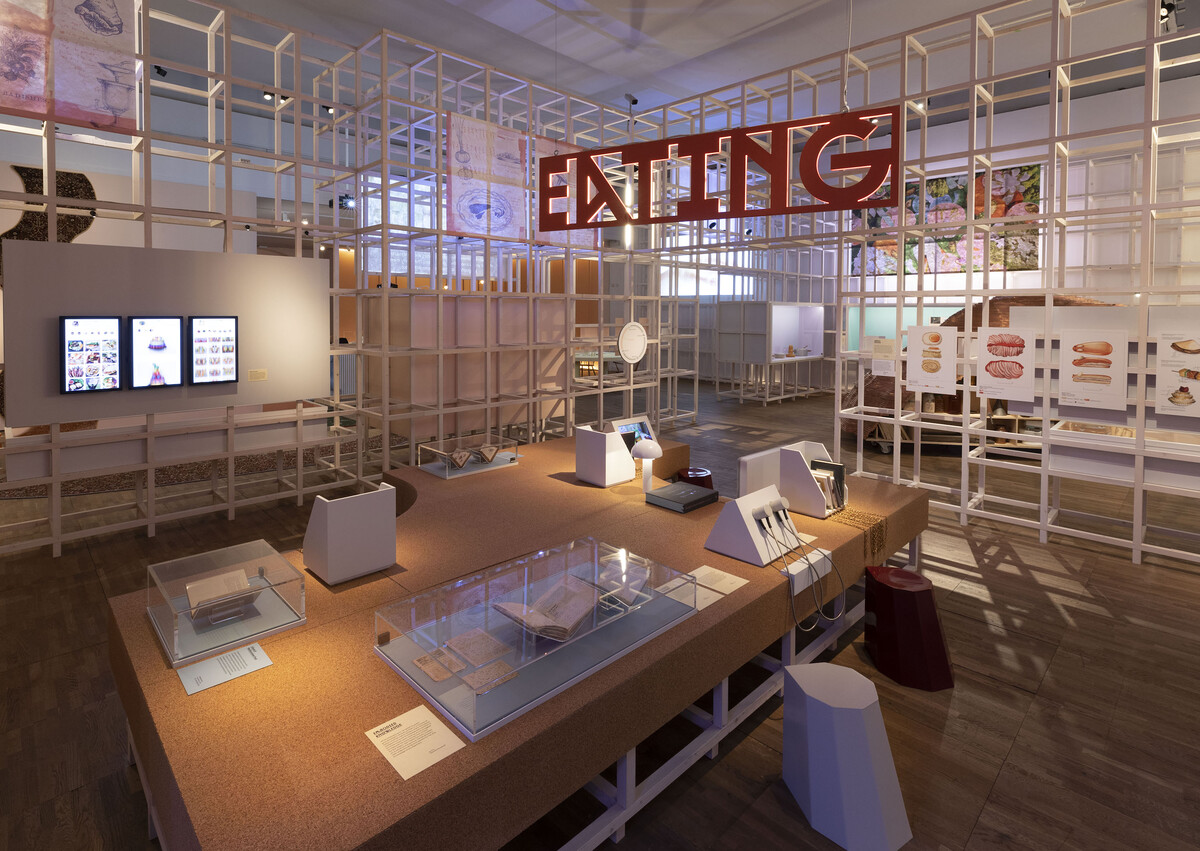

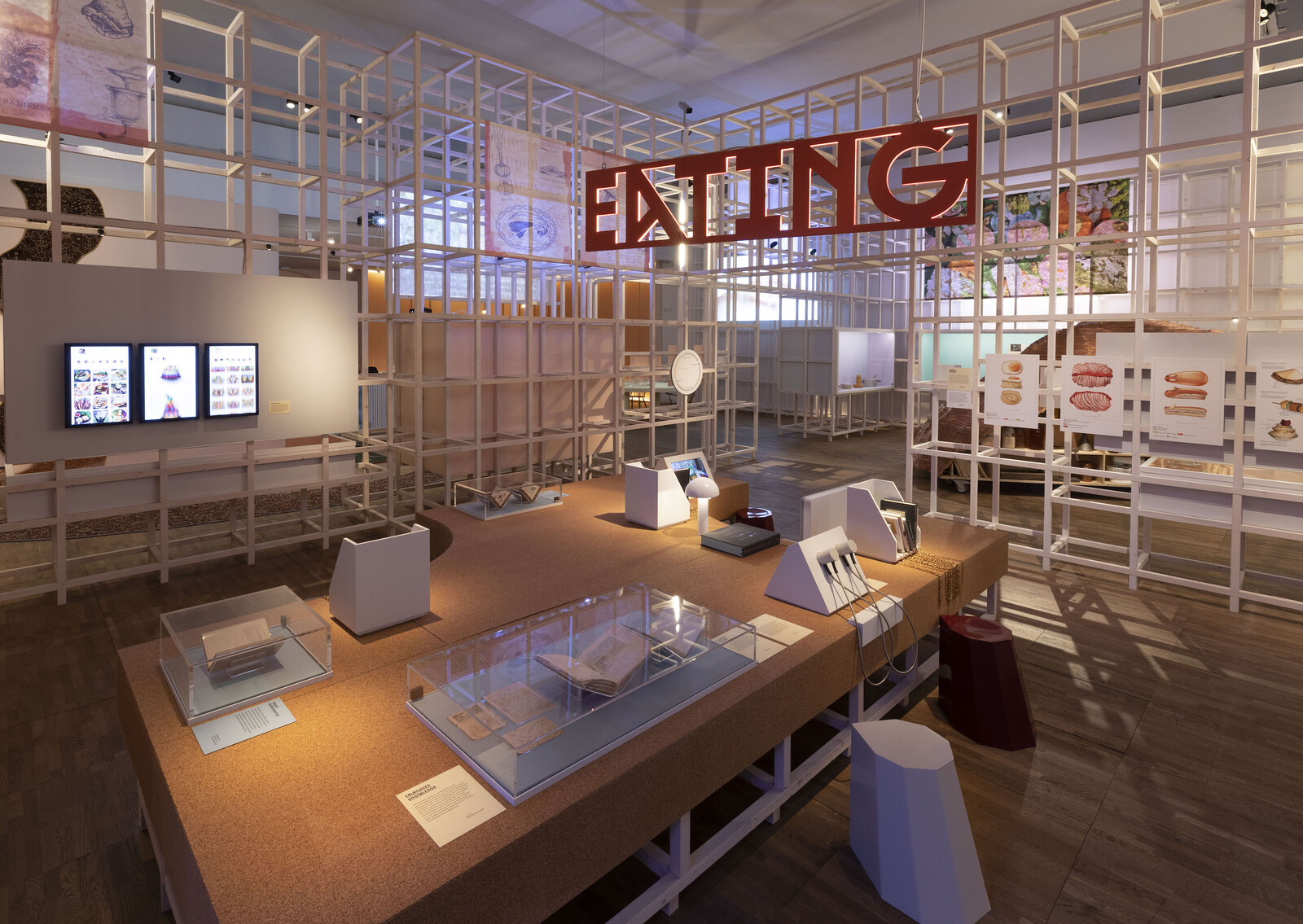
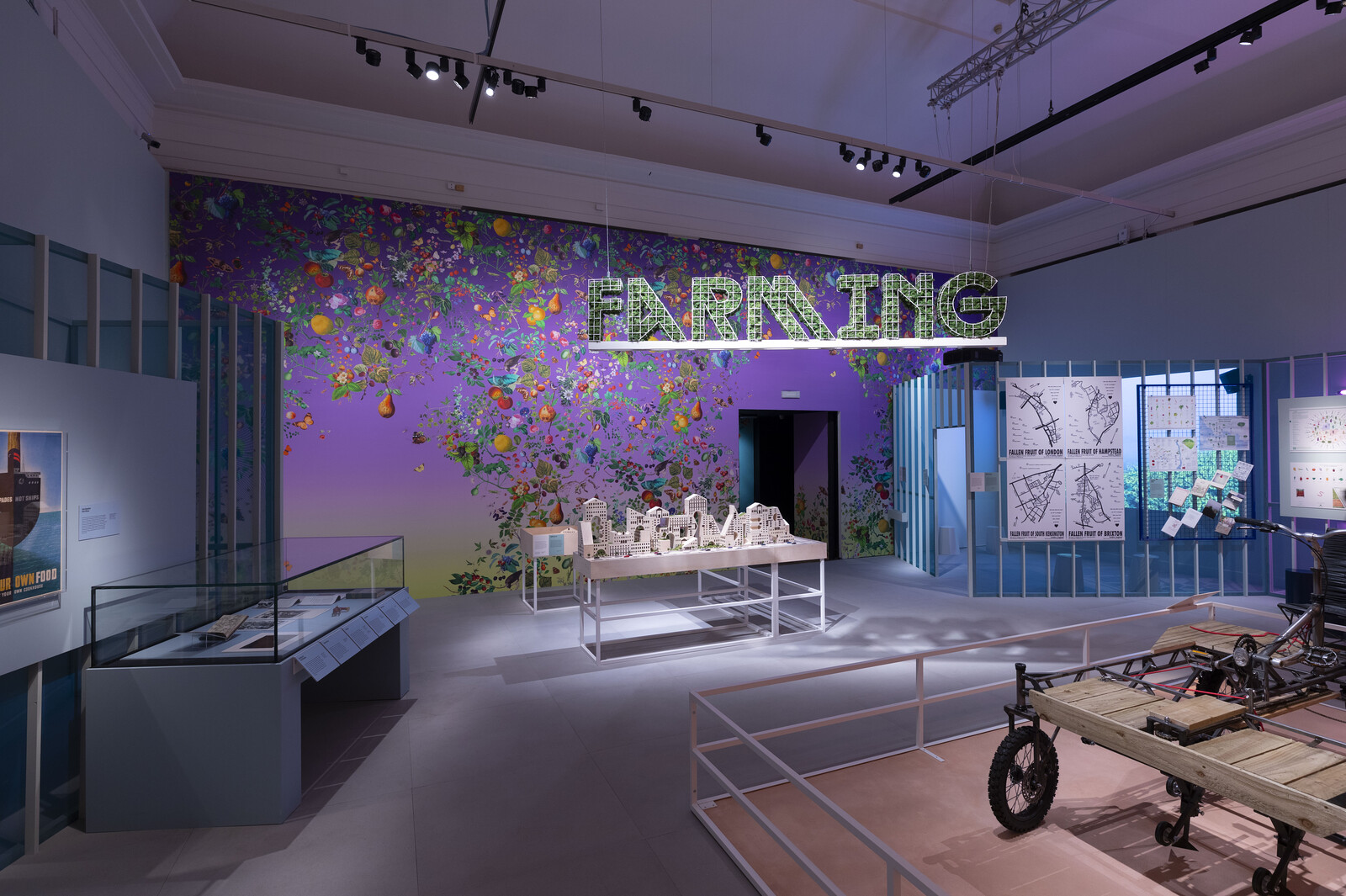
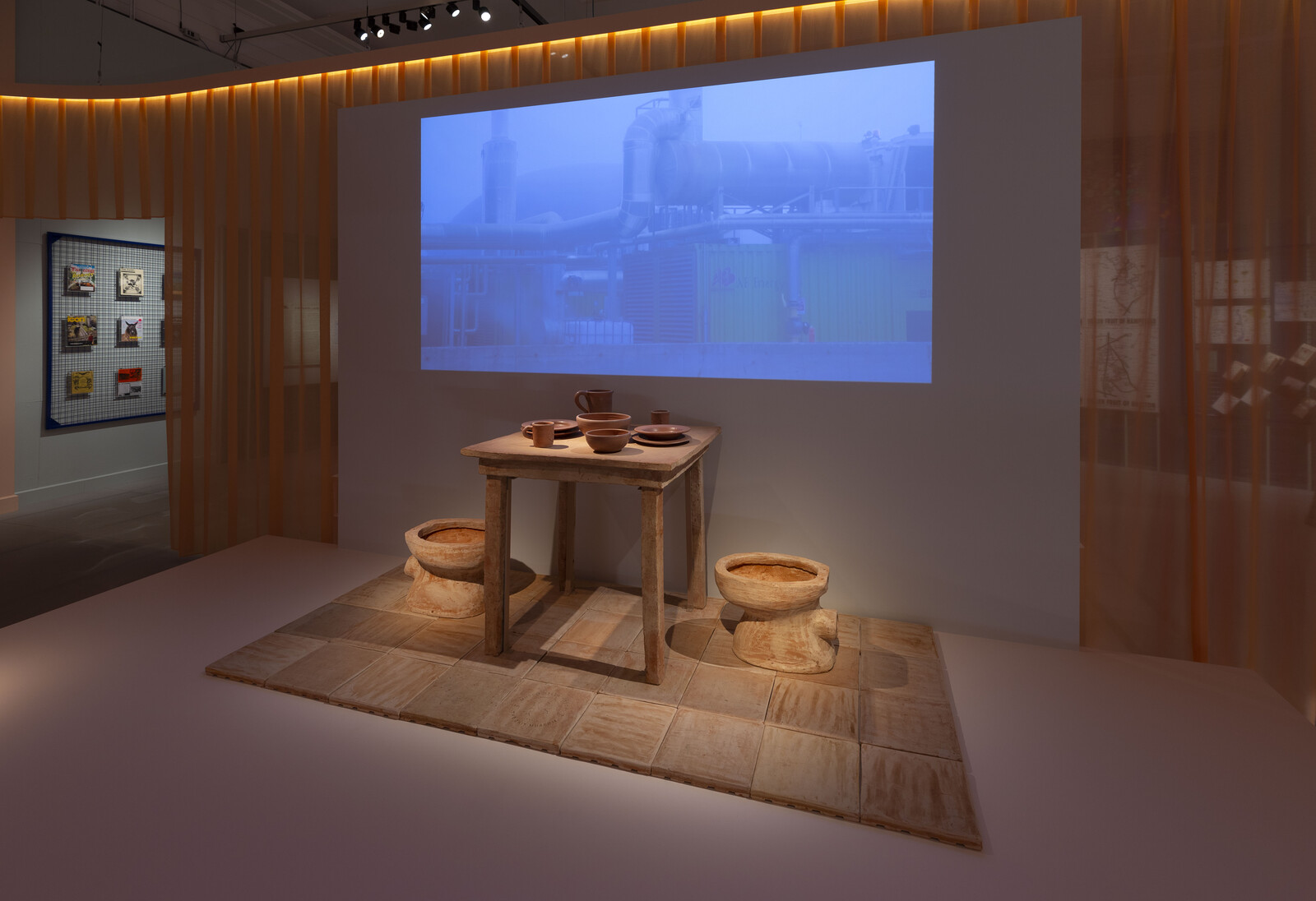

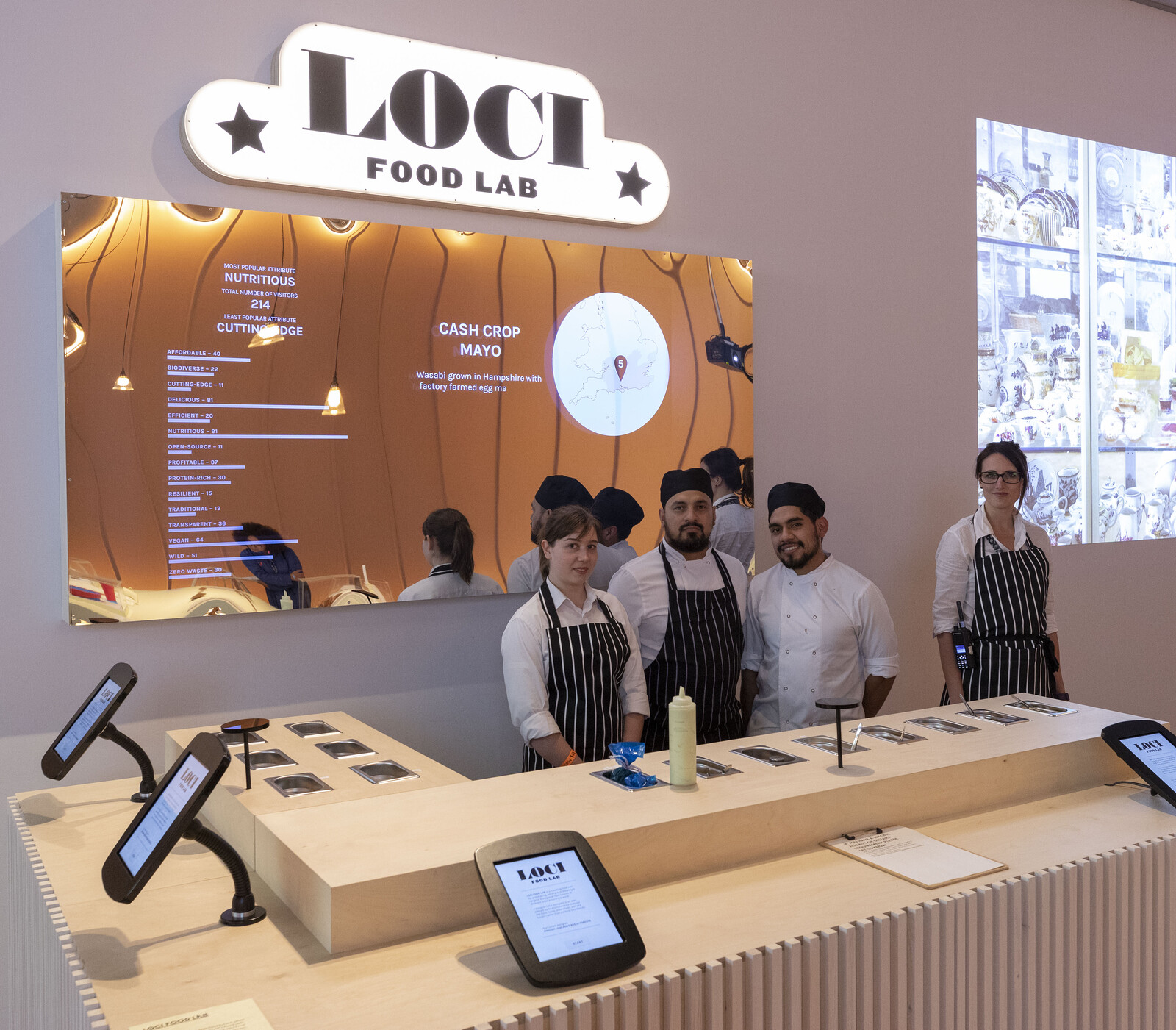
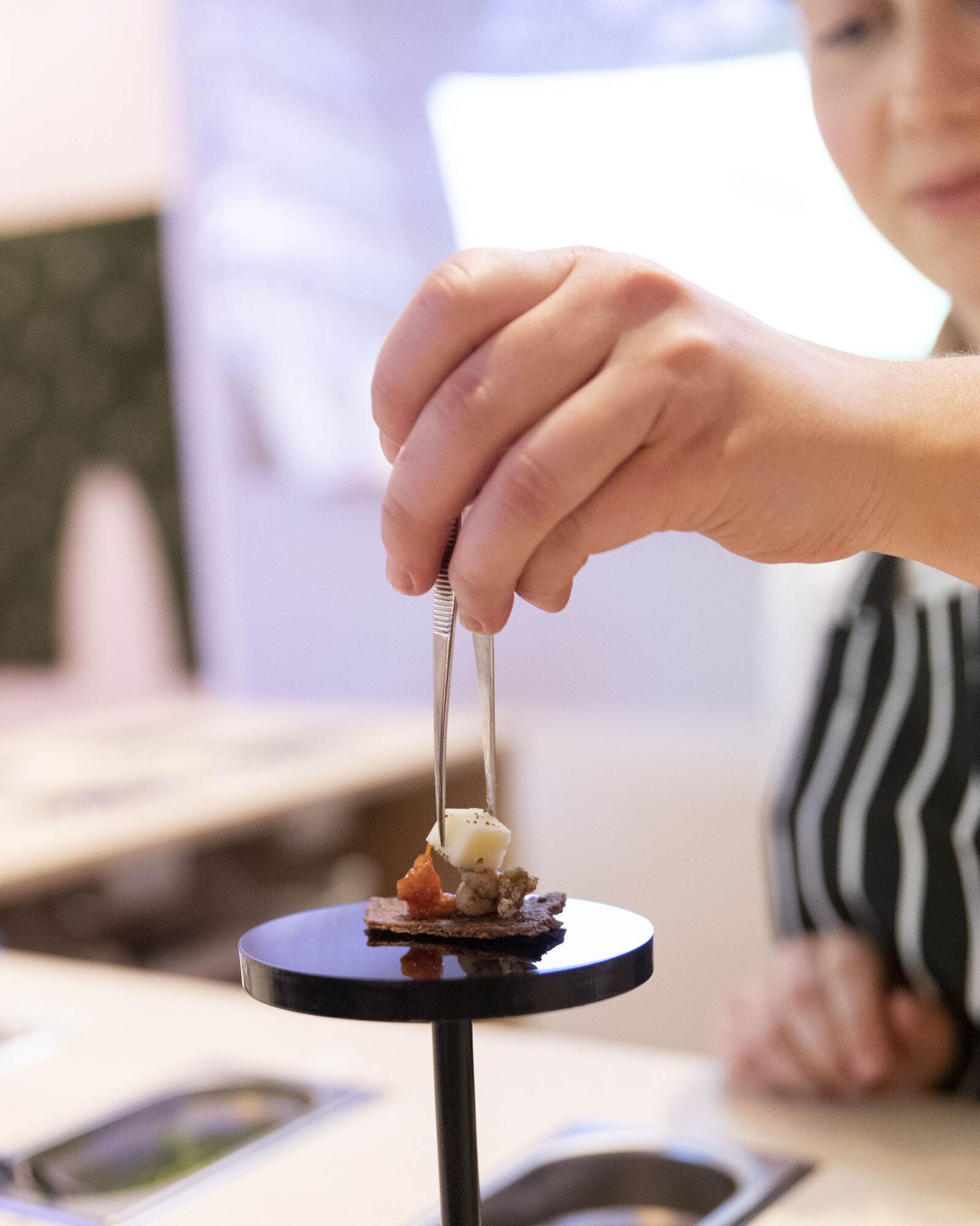
.jpg,1600)

